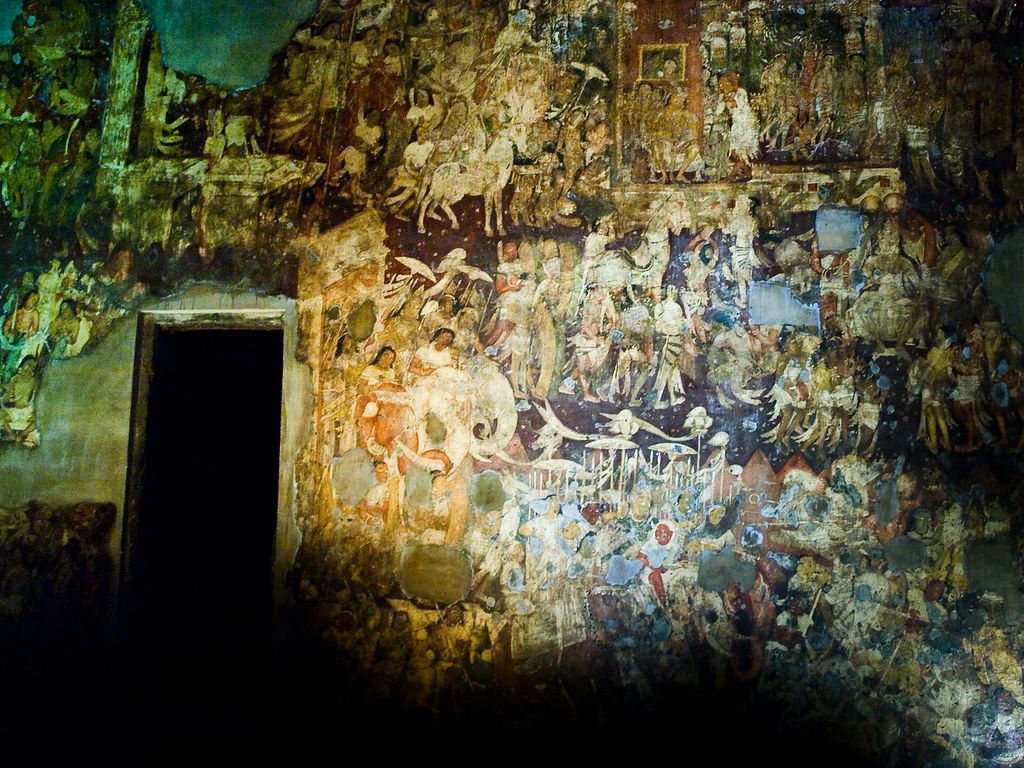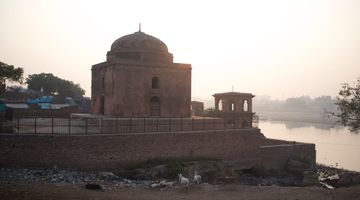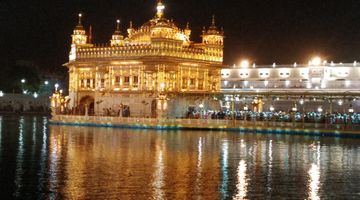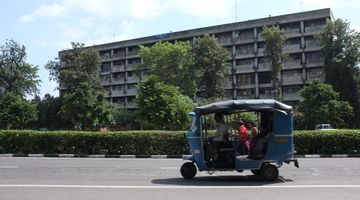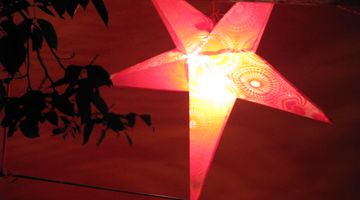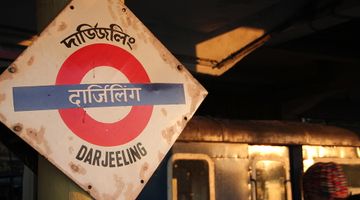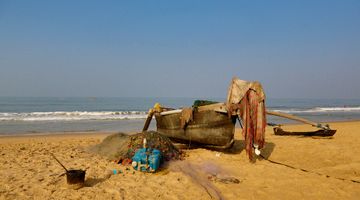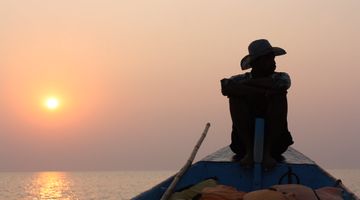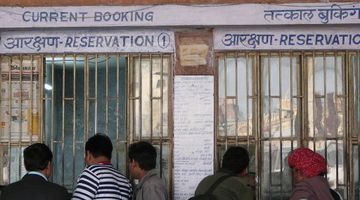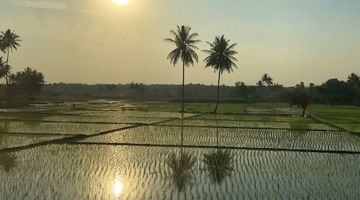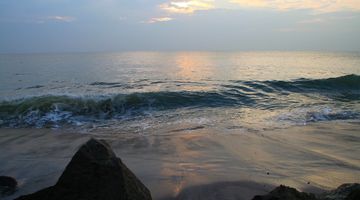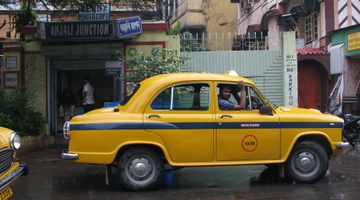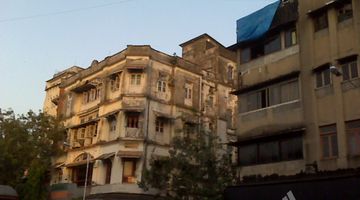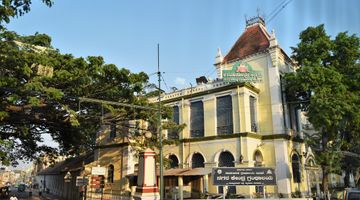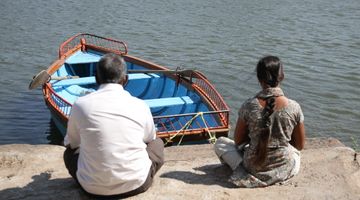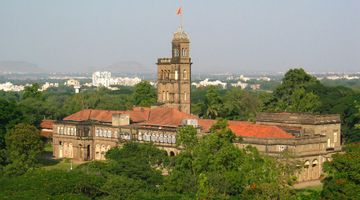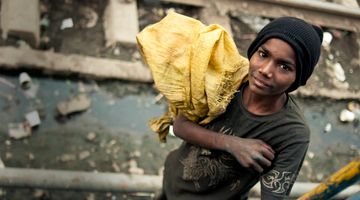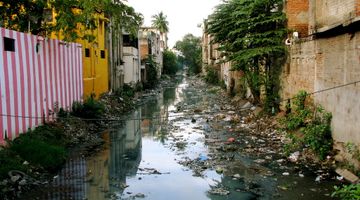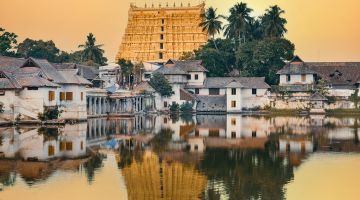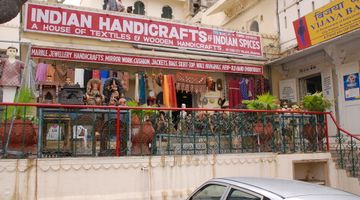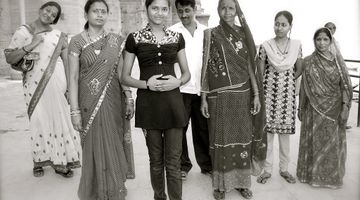Maharashtra India – Your Quick Travel Guide
in a nutshell
The state of Maharashtra is home to Mumbai, one of India’s largest, busiest cities. However, lesser explored areas of Maharashtra boast secluded beaches, sprawling vineyards, historic points of interest and serene hill-stations.
Why go to Magarashtra
Most tourists visiting Maharashtra first flock to Mumbai. Known as the financial capital of India, it is also rich in culture with several theatres featuring local actors and shows and colonial architecture, which gives one an insight into India’s history. It also has a vibrant food and nightlife scene with a myriad of lively restaurants and clubs sprawled across the city. Also the film capital of India, Mumbai is a magnet for star-struck fans and hopeful actors.
However, the rest of Maharashtra also has a lot to offer the adventurous traveller. Hill-stations like Mahabaleshwar, Panchgani, Bhandardara, Malshej Ghat, Lonavala and Matheran are great places to go to relax, unwind – and, if you’re so inclined – enjoy a trek. Mahabaleshwar is particularly noted for its strawberry farms where one can go strawberry picking.
Maharashtra’s beaches on the Konkani coast are pristine and serene. The best beaches to visit are at Srivardhan, Harihareshwar, Ganpatipule and Alibag, each of which are secluded and peaceful with gentle waves ideal for swimming.
Several beaches as well as hill stations have camping grounds that allow one to spend a gorgeous night under the stars, communing with nature.
For wine aficionados, Maharashtra has its very own ‘Nappa Valley’ with vineyards welcoming visitors for wine- tasting tours. Some of the best wine producers in India; Sula Vineyards and the Grover Zampa Vineyards are in Nasik, and are well worth a visit.
History enthusiasts should also visit the Buddhist Ajanta and Ellora Caves in Aurangabad, which are both UNESCO World Heritage Sites. Indeed, Aurangabad is a must-visit destination if you’re interested in history as it has several other historically significant monuments and works of art. Other historic sites one can visit around Maharashtra are forts built by the famous King Chhatrapati Shivaji Maharaj as well as ancient temples built by several dynasties of kings.
Meanwhile, for wildlife enthusiasts, Maharashtra has a number of wildlife sanctuaries where one can spot animals like the Bengal tiger, sloth bears, leopards, wild dogs, reptiles and birds. The Tadoba Sanctuary as well as the Pench Sanctuary should be on a must-do-list if you’re looking to see majestic tigers in their natural habitat.
When to go to Maharashtra
Maharashtra summers are generally hot and humid, with temperatures soaring up to 46.5⁰ C. During the monsoons (June- September), the temperature is much more tolerable, but the best time to visit is in the winter (October to March). However, hill-stations are cool all around the year.
Where to stay in Maharashtra
Maharashtra’s cities – Mumbai, Nashik, Pune, Aurangabad, Nagpur and Kolhapur – have a range of places to stay from cheap backpacker hostels to luxurious resorts and five star hotels. Be sure to book well in advance as accommodation throughout the year is in high demand.
Meanwhile, in the rural areas, one is more likely to find stand-alone resorts, run-down motels and a few farm-stays. In these areas, it’s best to splurge a little and opt for a resort providing safety, hygiene and comfort. However, farm-stays and home-stays provide a flavour of local life, albeit without internet and turn-down services.
One can also look out for heritage hotels with great atmosphere and hospitality.
Where and what to eat in Maharashtra
Maharashtrian cuisine, both vegetarian and non-vegetarian, varies widely from region-to-region. Maharashtra’s Konkan Coast, offers Malvani cuisine, including delicious seafood, while Spicy Kolhapuri cuisine – made with a particularly hot variety of chillies - from central Maharashtra should also be sampled.
Dal is a staple in the Maharashtrian diet. It’s a smooth, rich gravy made with ground pulses and is typically eaten with rice, or cooked with rice to make a dish called khichdi.
Vegetable curries, using fresh vegetables are popular, along with koshimbir a type of salad made with raw vegetables in a yogurt sauce.
Maharashtrians also thoroughly enjoy their snacks; be sure to try vada pavs (potato fritters in bread), upma (semolina porridge), pohe (puffed rice) and sabudana (sago).
How to get around Maharashtra
There is a range of options for travellers who want to travel around Maharashtra. It has airports in Mumbai, Aurangabad, Nagpur, Nashik, Kolhapur and Pune, with daily flights from city to city.
However, to see more of the Maharashtra countryside, travel to different regions by road or train. Book a ticket with the Government bus services (Maharashtra State Road Transport Corporation), which have AC, Non-Ac and sleeper buses running daily. Rates go up to INR1000.
For train travel, buy a ticket at major railway stations, and hop onto trains like the Maharashtra Express and the Koyna Express (INR500-1500), or take the Deccan Odyssey, a heritage train- tour.
Use the ferry service to visit Alibag or the Elephanta Caves from Mumbai.
How to get to and from Maharashtra
By air
For most international tourists, Mumbai is the entry point and the hub for travel within Maharashtra. Once in Mumbai, one can take flights to reach places like Aurangabad, or Pune, or Nashik, or Kolhapur. However, when travelling into Mahastrashtra from other cities in India, there are also flights to Pune, Nashik and Aurangabad.
There are several budget airlines that fly into Maharashtra including GoAir and SpiceJet; flights on these airlines cost between INR2000-15,000. A flight over Maharashtra is rewarding as one can see the towering peaks of various hill ranges and have a bird’s eye view of the pretty towns and the bustling Metros.
By bus
Mumbai is also the hub for bus routes by private carriers and government buses which come from all over India. There are sleeper buses for those who want to grab a night’s sleep on long journeys, especially inter-state ones. Some of the most trusted private bus companies are Humsafar Travels, Dolphin Travels and Ganesh Travels & Tours. Bus journeys cost between INR500-2000.
By train
For those who have the time to travel in a leisurely manner, there are several trains to important tourist destinations in the state. If coming from the North, there are superfast trains from Delhi or Jaipur, like the Mumbai Rajdhani which is a 16 hour journey to Mumbai. From Calcutta, take the Gitanjali Express which is a 30 hour journey. From Chennai in South India, take the Madgaon Express to Mumbai which is only a five hour journey – be alert that the train only stops at Mumbai Central Station for 2 minutes!
For budget travel, book second class tickets well in advance for the cheapest fares (INR500-1000). First class train tickets are priced almost on par with flight tickets, but promises a luxurious and leisurely ride across the vast landscapes of Maharashtra. The Indian Railways has a value-for-money train pass- Indrail - that can be used for different sectors for different periods of time, from half -a -day to 90 days.
Is Maharashtra a safe place to visit?
Maharashtra is one of the safest regions in India. Its capital, Mumbai is very safe for tourists, even women who are travelling alone. Other areas of Maharashtra are also safe, provided that you are prudent and cautious about who you befriend. Be wary of touts who will fleece you, if you are gullible.
With regard to health care, there are all night pharmacies in the large cities and primary health centres even in rural areas. Be careful to drink mineral water to avoid stomach bugs.

